Our grandmothers were the keepers of culinary wisdom, using clever tricks and age-old techniques to make the most of their kitchens. These nine secrets reveal how they achieved flavorful dishes and efficient household management, turning everyday meals into memorable experiences.
1. The Magic of Baking Soda

Baking soda was not just a pantry staple for our grandmothers; it was a versatile hero in their kitchens. With its ability to leaven bread and neutralize odors, it stood out as a multi-tasker.
Our grandmothers knew how to harness its power to tenderize meat, making even the toughest cuts succulent. It was also their go-to cleaner, effortlessly scrubbing away stubborn stains.
Did you know? Its deodorizing properties were a secret weapon against fridge smells. Truly, baking soda was the unsung hero that made kitchens run smoothly.
2. Preserving with Salt
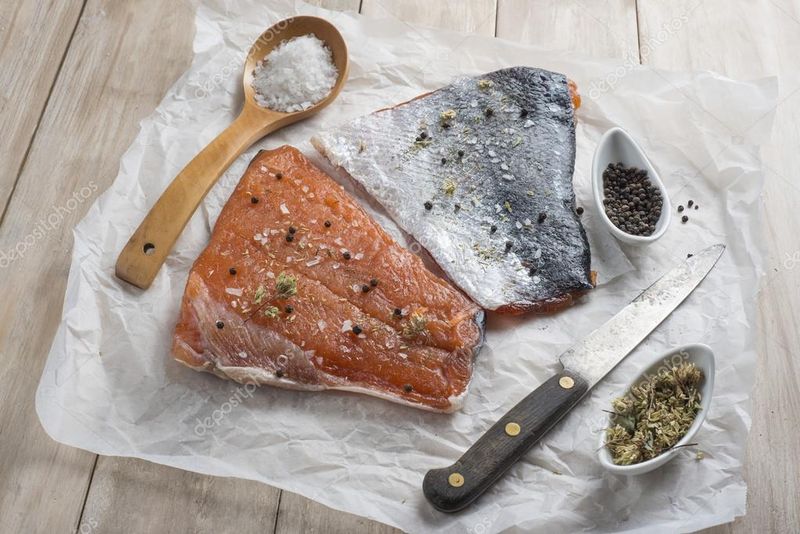
Salt preservation was an art our grandmothers mastered, turning it into an essential part of food storage. This age-old technique allowed them to keep foods fresh without refrigeration.
By drawing moisture out of foods, salt created an inhospitable environment for bacteria, prolonging shelf life. It was not only practical but also enhanced flavors, making preserved foods a treat.
The knack for salting meats and vegetables meant less waste and more flavor, demonstrating their resourcefulness. Salt was more than seasoning; it was a vital tool for sustainability and taste.
3. The Wisdom of Cast Iron
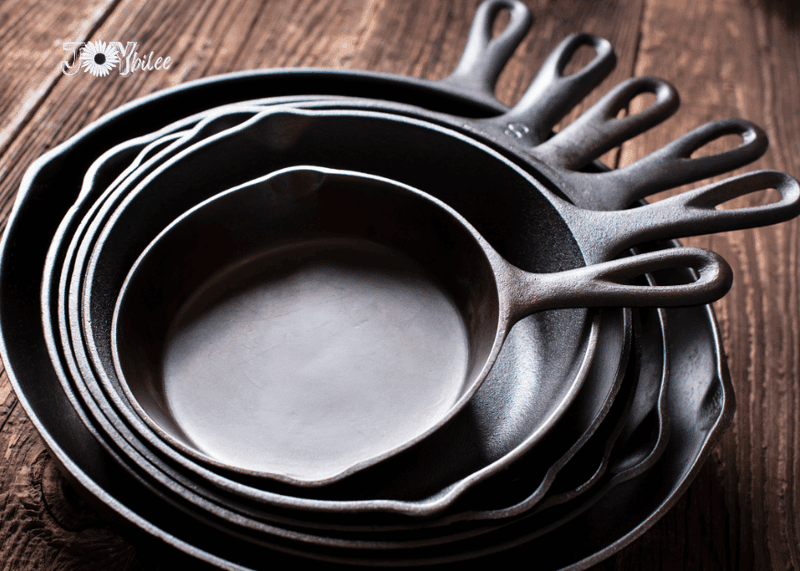
Cast iron skillets were prized possessions, cherished for their durability and cooking prowess. Our grandmothers appreciated their ability to evenly distribute heat, perfect for frying or baking.
These skillets were naturally non-stick when seasoned well, a testament to their practical design. A cast iron skillet could last generations, creating family heirlooms.
Did you know? Cooking in cast iron can add a small amount of iron to your diet, a bonus our grandmothers valued. This cookware was both a culinary tool and a health aid.
4. Herb Gardens on Windowsills

Windowsill herb gardens were a common sight, bringing freshness and flavor to dishes all year round. Grandmothers knew the joy of plucking a sprig of basil or thyme to elevate their meals.
These small gardens were not only convenient but also a source of pride and joy. They provided herbs for cooking and sometimes medicinal purposes, a testament to their practicality.
Growing herbs indoors conserved space and ensured a steady supply of ingredients. This practice kept kitchens vibrant and fragrant, an everyday connection to nature’s bounty.
5. The Art of Pickling
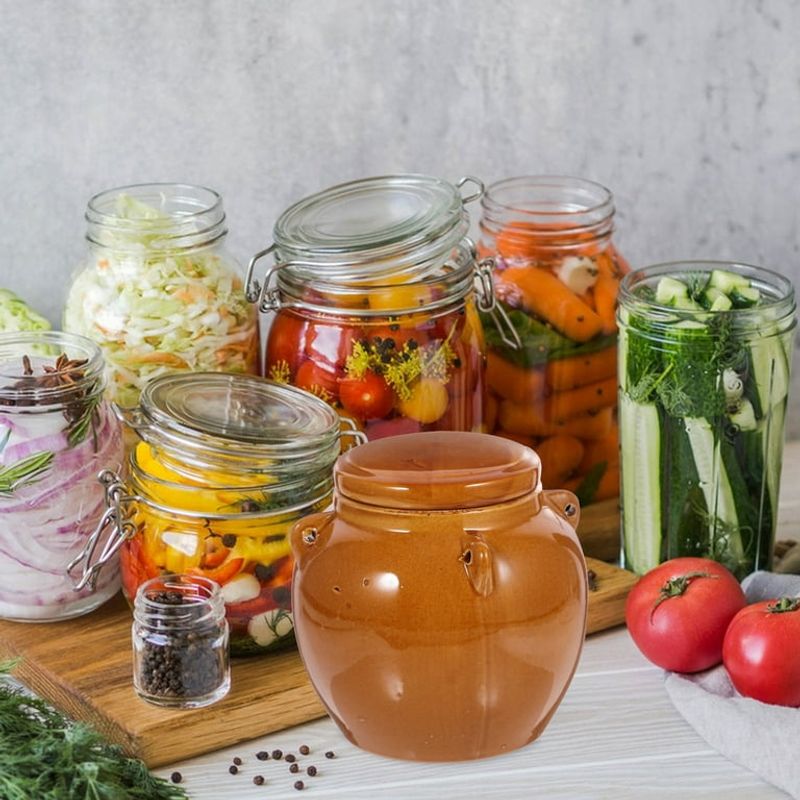
Pickling was both an art and science, a tradition passed down through generations. Grandmothers excelled in creating vibrant jars of pickles, each filled with unique flavors.
This technique preserved seasonal produce, capturing the essence of summer to be enjoyed in winter. The brine’s tartness was a delightful contrast to rich dishes.
Pickling was a way to experiment with spices and flavors, providing an outlet for creativity. Each jar was a testament to their culinary skill, turning simple vegetables into gourmet treats.
6. Mason Jars for Everything
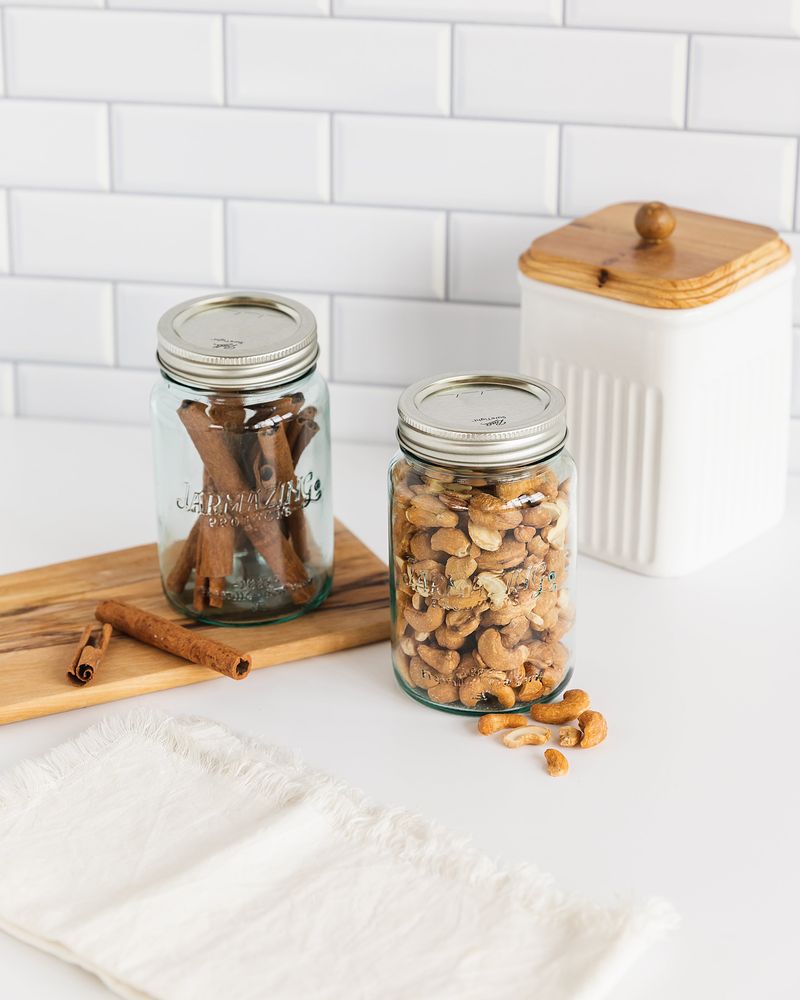
Mason jars were the do-it-all containers, beloved for their versatility and practicality. From storing jams to dry goods, these jars were essential in every grandmother’s kitchen.
Their airtight seal made them perfect for preserving foods, while their durability ensured long-term use. Mason jars were not just about storage; they were tools for resourcefulness.
Did you know? They also served as drinking glasses and measuring cups. Whether filled with preserves or leftovers, mason jars were the unsung heroes of kitchen organization.
7. The Secret of Butter Churning

Butter churning was more than a chore; it was a rhythmic ritual that connected grandmothers to the land. With each churn, cream transformed into rich, golden butter.
This process allowed them to control the quality and flavor, often adding herbs or salt for variety. It was a satisfying task, bringing a sense of accomplishment.
Beyond its practicality, churning butter was a nod to self-sufficiency and craftsmanship. It connected families to simpler times, where handmade meant home-cooked goodness.
8. Kitchen Gardens Beyond Herbs
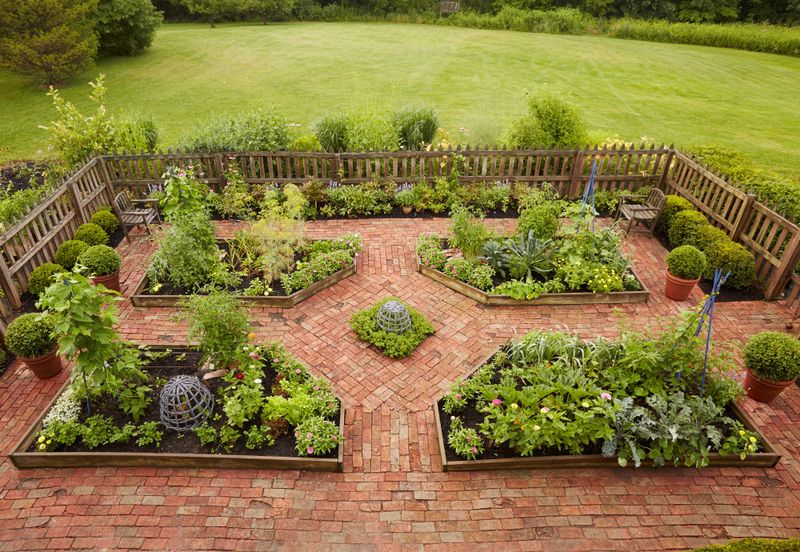
Beyond the kitchen window, gardens flourished with vegetables and fruits, a testament to grandmothers’ green thumbs. These spaces provided fresh produce, reducing reliance on markets.
From tomatoes to strawberries, each plant was nurtured with care and purpose. The garden was a living pantry, offering ingredients that were both nutritious and delicious.
This tradition of cultivating food at home was a blend of sustainability and self-reliance, ensuring a supply free from additives. It was a joyful labor, rewarding in its bounty and beauty.
9. Homemade Cleaning Solutions

Grandmothers were pioneers of eco-friendly cleaning, crafting solutions from simple ingredients like vinegar and lemon. These mixtures were effective, safe, and environmentally conscious.
They knew how to tackle grease and grime without harsh chemicals, leaving kitchens spotless and fresh. The tangy scent of lemon was a signature of their cleaning routine.
This approach reflected their wisdom and thriftiness, using what was available to maintain a welcoming home. Homemade cleaning solutions were practical and gentle, respecting both the home and nature.

